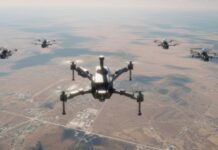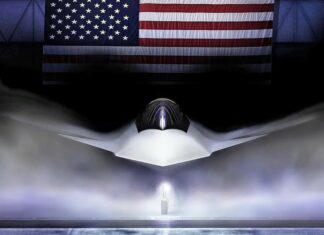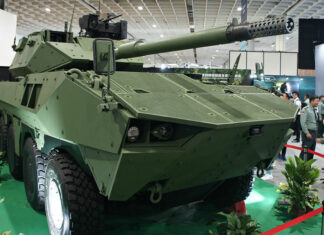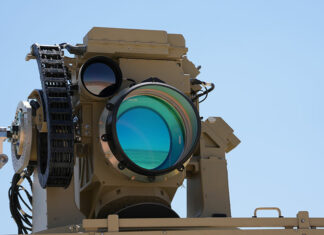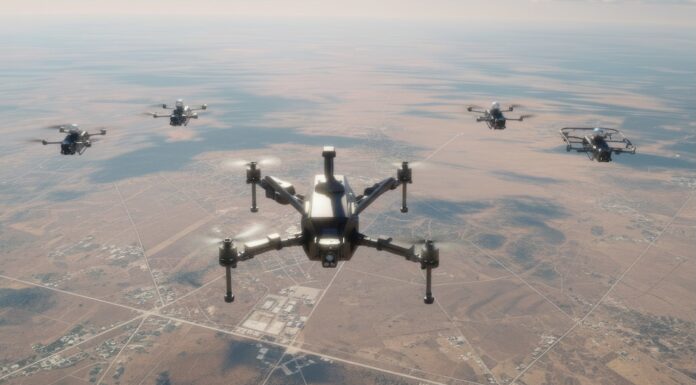The race to achieve air dominance is entering a new phase, defined by the rapid development and deployment of long-range beyond-visual-range (BVR) air-to-air missiles (AAMs). These next-generation weapons—capable of intercepting high-value targets hundreds of kilometers away—transform aerial combat doctrines, operational planning, and defense procurement strategies. Featuring cutting-edge propulsion systems, onboard radar seekers, and networked communication capabilities, these missiles extend engagement envelopes far beyond the traditional dogfighting range and introduce complex new dynamics into the battle for control of the skies.
This shift is being driven by strategic competitors such as China and Russia, whose latest missile programs—alongside counter-developments by the United States and its NATO allies—are reshaping the air combat landscape.
Key Systems Redefining BVR Engagement
China’s PL-15: Strategic Reach and Networked Targeting
Developed by the China Airborne Missile Academy, the PL-15 is a long-range missile engineered for extended-range engagements against key aerial assets such as fighters, airborne warning and control system (AWACS) aircraft, and aerial tankers. With a range of up to 300 kilometres in its domestic variant and approximately 145 kilometres for export (PL-15E), the missile features an active electronically scanned array (AESA) radar seeker, a dual-pulse solid rocket motor, and a two-way datalink. These capabilities enable the missile to operate in complex electromagnetic environments while receiving midcourse guidance from launch platforms or other command and control (C2) assets.
The PL-15 has seen combat use by Pakistan, marking the first known operational employment of this class of Chinese weapon outside its domestic forces. This event not only demonstrated China’s readiness to export advanced weapons but also highlighted the potential proliferation risks associated with such capabilities.
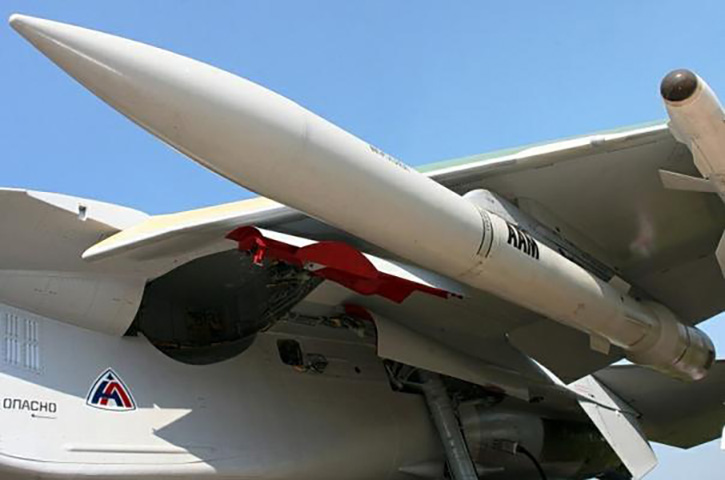 Russia’s KS-172: Strategic Aerial Sniper
Russia’s KS-172: Strategic Aerial Sniper
Russia’s KS-172 (also referred to as the K-100 or R-172) is designed to intercept high-value airborne targets—including AWACS, electronic warfare platforms, and tankers—at extreme ranges beyond 400 kilometres. It uses a tandem solid-fuel rocket booster and active radar guidance in the terminal phase. With a reported top speed exceeding Mach 5, the KS-172 transforms platforms like the MiG-31 “Foxhound” into strategic interceptors, capable of neutralizing enemy force multipliers from outside the engagement range of defending fighters.
Although still in evaluation, the KS-172 is emblematic of Russia’s approach to anti-access/area-denial (A2/AD) strategies and underscores the importance of long-range AAMs in denying adversaries the ability to project air power through enabler platforms.
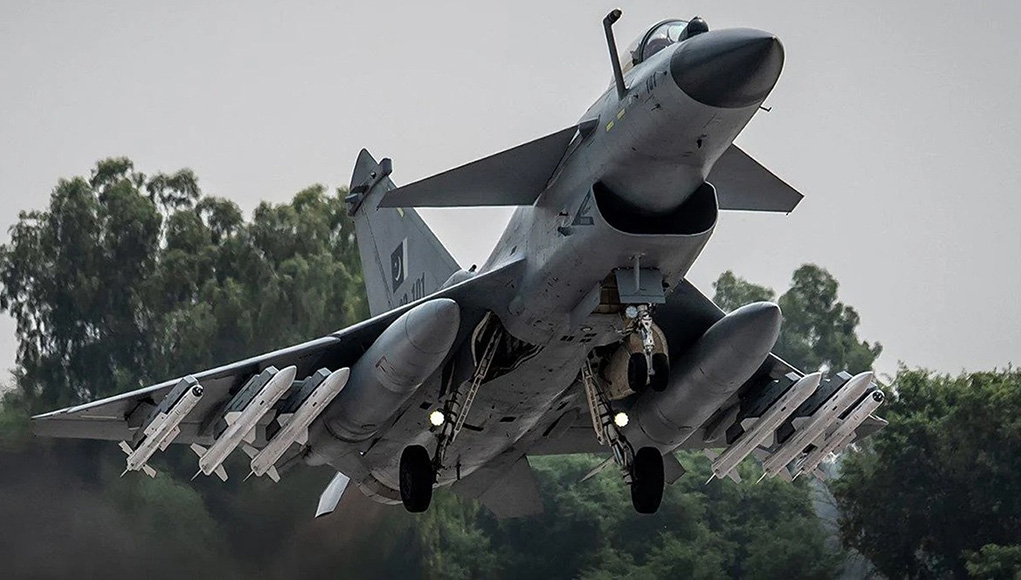 Europe’s Meteor: Sustained Power with Ramjet Propulsion
Europe’s Meteor: Sustained Power with Ramjet Propulsion
The MBDA Meteor, a collaborative European missile, has been operational since 2016 and introduces throttleable ramjet propulsion to the BVR missile category. This feature enables the Meteor to maintain high energy through flight and enhances its “No Escape Zone”—the area within which a target cannot outmaneuver or evade the missile.
With a maximum speed above Mach 4 and a range approaching 200 kilometres, the Meteor integrates a two-way datalink and active radar seeker, allowing mid-course updates and terminal accuracy. The missile is deployed across platforms such as the Eurofighter Typhoon, Dassault Rafale, and Saab Gripen, and it is planned to integrate into the F-35.
USA’s AIM-260 JATM: Future-Proofing Air Combat
Developed by Lockheed Martin, the AIM-260 Joint Advanced Tactical Missile (JATM) is the United States’ answer to the PL-15 threat. Still, in its initial production phase, the AIM-260 is designed to eventually replace the AIM-120 Advanced Medium-Range Air-to-Air Missile (AMRAAM). Thanks to its compact dimensions, it is expected to exceed 200 kilometres in range, reach speeds up to Mach 5, and be compatible with stealth fighters like the F-22 Raptor and F-35 Lightning II.
The JATM features inertial guidance, a two-way datalink, and an active radar seeker, positioning it for full participation in a networked battlespace. Its design emphasizes data sharing and dynamic targeting, aligning with emerging doctrines of collaborative air combat.
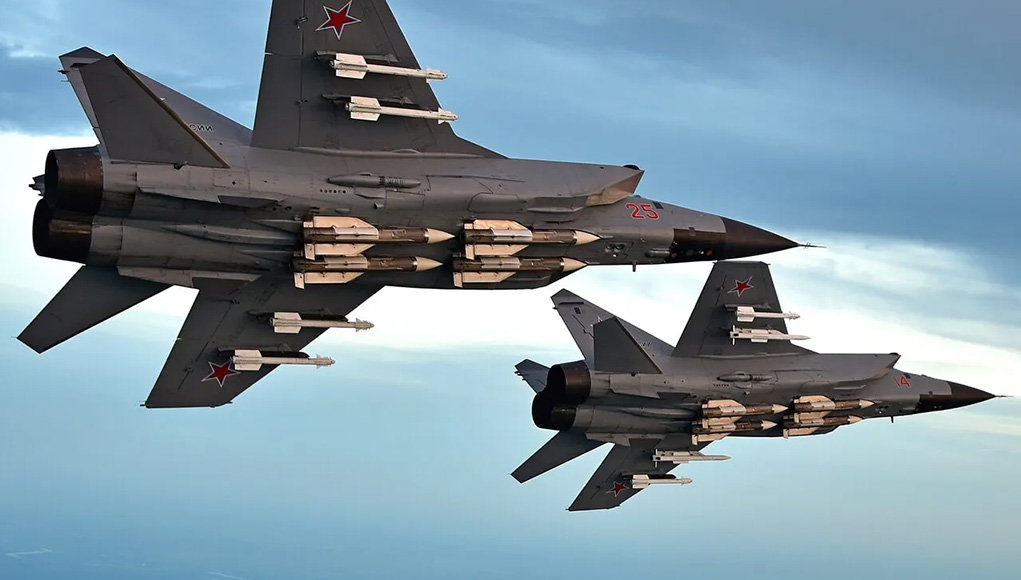 Implications for Doctrine, Tactics, and Platforms
Implications for Doctrine, Tactics, and Platforms
The emergence of these long-range AAMs is catalyzing a doctrinal transformation in air combat:
- Standoff Engagements Become Normative: With missile ranges exceeding 300 kilometers, air engagements are now shifting to standoff distances, where adversaries may never visually acquire each other before launch. Pilots and unmanned operators must rely on datalinked sensor networks and electronic surveillance rather than visual confirmation.
- Network-Centric Warfare Is Essential: Missiles like the PL-15, Meteor, and AIM-260 rely heavily on two-way datalinks for in-flight updates, enabling cooperative targeting. This requires robust, encrypted, resilient communications between aircraft, airborne C2 platforms, and ground or space-based assets.
- Airspace Deconfliction is Critical: Engaging long-range targets necessitates precise airspace management to prevent fratricide or civilian casualties. Dynamic airspace deconfliction tools and improved situational awareness are becoming operational imperatives.
- Uncrewed Platforms as Combat Multipliers: The rise of Collaborative Combat Aircraft (CCA)—unmanned systems designed to accompany manned fighters—is particularly relevant. These unpiloted platforms can act as sensor nodes, datalink relays, refueling assets and missile carriers, allowing manned fighters to maintain stealth and survivability while extending their reach.
- Targeting High-Value Assets (HVAs): The new generation of AAMs is optimized for neutralizing enablers such as AWACS, electronic warfare aircraft, and tankers. Removing these from the battlespace could cripple an adversary’s ability to coordinate operations, creating an asymmetric advantage for the attacker.
- Vulnerability of support elements: With long-range weapons employed by stealthy aircraft or drones, Airborne early warning (AEW) and aerial refuelling assets flying in support of Combat Air Patrols (CAP) or strike packages hitherto considered safely positioned outside the range of enemy air defenses are becoming primary targets for opposing forces. While flying radars (AEW) cannot become invisible, aerial SIGINT, communications support, and flight refueling platforms could shift to stealthy and unmanned platforms to become more survivable.
Strategic Outlook
The technological and operational advancements embodied by these BVR missiles represent incremental evolution and a paradigm shift in air warfare. Their ability to reach, track, and destroy targets at unprecedented distances introduces opportunities and challenges.
As missile range increases, so does the strategic importance of first detection, launch, and kill. In this race, superiority will no longer be decided in the visual merge but far beyond—by the nation that best integrates sensors, shooters, and strategy into a cohesive, resilient force.

